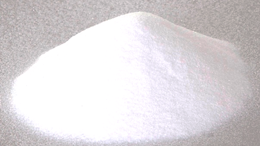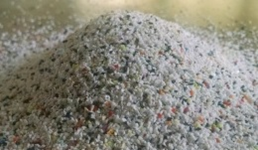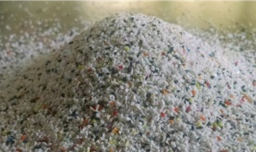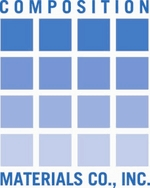Across the globe, recycled materials are more frequently being incorporated into manufacturing processes in a move toward more sustainable practices. As a result, recycled plastics have become integral to this emerging market.
Thermoset plastics are a type of recycled plastics that do not melt. When recycled they provide distinctive solutions as durable fillers and aggregates across an array of products and applications.
Thermoset plastics are recycled by mechanically grinding, sifting and classifying post-industrial waste. The waste, predominantly from parts used in the beverage, food and electrical industries because of their durability and non-melting qualities, is transformed into carefully sized granules and powders, ranging from fine to coarse. In many circumstances, these lightweight plastic fillers are advantageous.
Recycled plastic granules and powders have an array of applications, such as additives in non-skid or anti-slip aggregates in various flooring applications, or as fillers in manufactured parts as well as in coatings and paint industries.
Aggregates are also used in epoxies and urethanes. Several applications for these distinctive materials have been created, and novel uses are still being discovered.
As specialists in the manufacture of custom fillers since 1923, Composition Materials has been producing recycled thermoset plastics for more than 30 years.
Composition Materials offers three grades of thermoset fillers; Clear-Cut®, Urea and Melamine. Clear-Cut® is a lightweight filler and an aggregate that is most often used when a clear or white material is preferred.
This information has been sourced, reviewed and adapted from materials provided by Composition Materials.

CLEAR-CUT® Recycled Filler & Aggregate. Image Credit: Composition Materials

UREA Recycled Filler & Aggregate. Image Credit: Composition Materials

MELAMINE Recycled Filler & Aggregate. Image Credit: Composition Materials

This information has been sourced, reviewed and adapted from materials provided by Composition Materials.
For more information on this source, please visit Composition Materials.